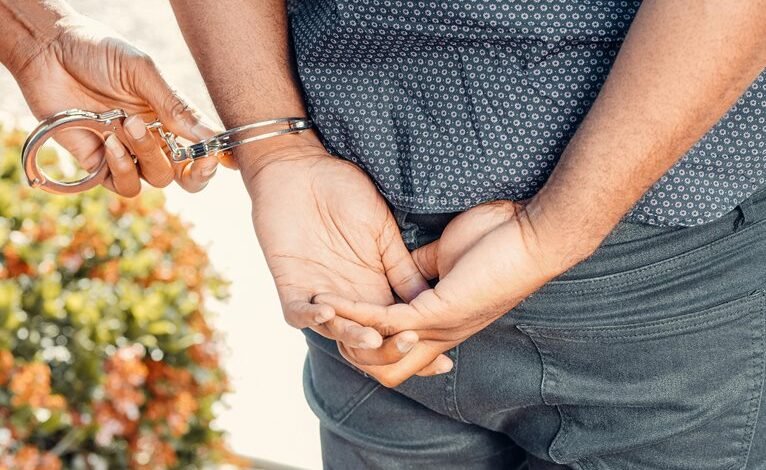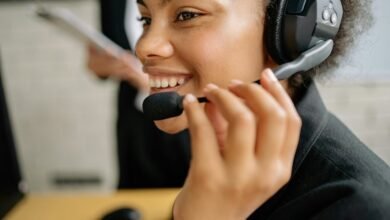Snapinista: Analyzing The Impact Of Images On The Judicial Process

The integration of visual evidence in courtrooms significantly influences juror perceptions and decision-making. Images can evoke strong emotional responses, which may cloud logical reasoning and alter interpretations of factual evidence. This dynamic raises critical ethical questions regarding the use of persuasive visuals in legal narratives. As the balance between emotional engagement and factual accuracy becomes increasingly precarious, the implications for justice warrant thorough examination. What strategies can be employed to mitigate these challenges?
The Role of Visual Evidence in Courtrooms
Visual evidence serves as a critical component in the judicial process, influencing both the presentation and interpretation of facts within the courtroom.
Its visual credibility enhances the persuasive imagery utilized by legal practitioners, allowing juries to engage more deeply with the evidence presented.
This dynamic not only shapes narratives but also impacts perceptions, reinforcing the importance of visual elements in judicial outcomes.
Psychological Effects of Images on Jury Decision-Making
Although jurors are expected to base their decisions on facts and evidence presented during a trial, the psychological effects of images can significantly influence their judgment.
Visual stimuli often evoke emotional bias, potentially overshadowing rational evaluation. Furthermore, the cognitive load imposed by complex imagery may hinder jurors' ability to process information objectively, leading to decisions that are not solely grounded in the presented evidence.
Ethical Considerations in the Use of Images in Legal Narratives
The influence of images on jury decision-making raises important ethical concerns regarding their use in legal narratives.
Questions of image authenticity can significantly impact perceptions of truth, while a lack of cultural sensitivity may lead to misinterpretations and biases.
Legal practitioners must navigate these ethical dilemmas carefully, ensuring that images enhance understanding without compromising fairness or respect for diverse perspectives within the judicial process.
Conclusion
In conclusion, the interplay between visual evidence and the judicial process resembles a double-edged sword, where compelling imagery can illuminate truths yet cast shadows over objective reasoning. As jurors' emotional responses intertwine with their interpretations, the ethical responsibility of legal practitioners becomes paramount. Navigating this complex landscape requires a delicate balance, ensuring that the integrity of factual evidence remains steadfast amidst the powerful allure of visuals. Ultimately, a thoughtful approach is essential for safeguarding fairness in the courtroom.





